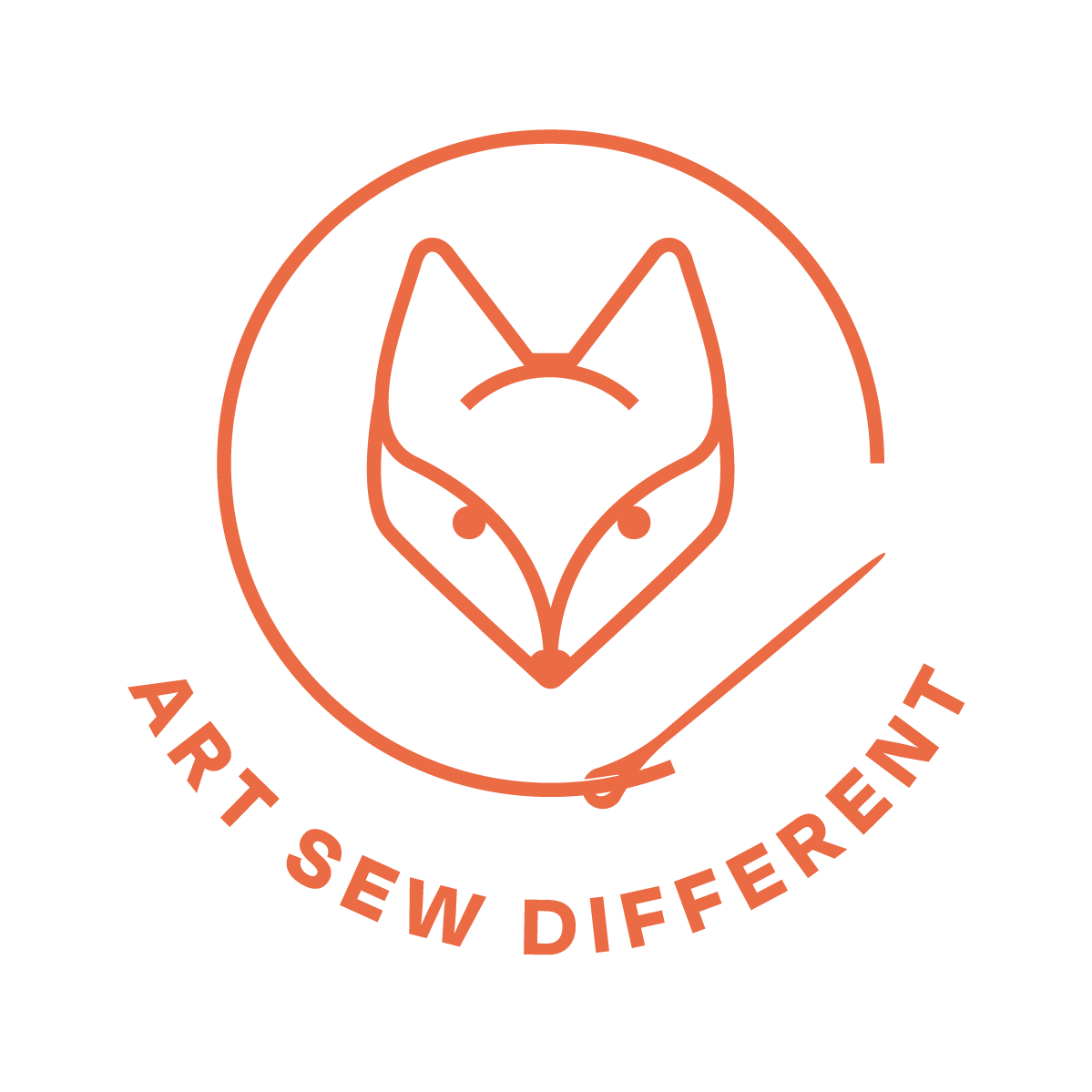Creating The Romantic Story of Consuelo and Juan Diego for Dia de Muertos (2017)
the art of quilting
What is quilting
Quilting is the process of sewing together a top layer of fabric called the quilt top (the side you want to display, often "pieced" together with several bits of colorful fabric to make a design), an insulating or thickening material (generally called batting, although other material can be used) and backing fabric (typically not seen in art quilts, but very much seen in bed coverings).
Quilting is the actual sewing through the layers of those fabrics. Many people make beautiful designs with different kinds of threads.
Quilting can be decorative or not. It can be done by hand, sewing machine, or long-arm machine — wherever the quilter wants you to see it.
Wikipedia has a very good entry on quilting, including the history of quilting and the different cultural and regional styles from around the world. If you are interested in reading more on quilting, I encourage you to check it out!
Art Quilts
Art quilts are created for their aesthetic and artistic uniqueness rather than for functionality. This is not to say that usable quilts (placemats, table runners, bed coverings, etc.) cannot be aesthetically pleasing and artistically done! However, their main purpose is to be used functionally rather than be displayed as art.
Art quilts use various quilting techniques ranging from the traditional ones to innovative methods that include dyeing or painting fabrics, incorporating beading or natural materials, various kinds of applique and collage, and more to create art pieces for enjoyment and discourse.
A note on applique
Applique is the process of applying one piece of fabric to another. Generally you cut out a shape in fabric and adhere it to the top of another (usually larger) piece of fabric or other material. It can then be embellished with various colors or textures of thread, beads, ribbons, sequins, or other bits of fabric.
There are three basic methods of application:
Machine - uses the sewing machine
Hand - to create more dimension
Fused - iron-on adhesive
There are many types of applique, and a quilt artist’s design goal will determine which she chooses to use. Here are a few:
Smooth Edge - using the sewing machine to stitch down the edge for a smoother finish
Raw-edge - sewing the shape onto the fabric without cleaning up the edges, leaving a rough look (see photo)
Reverse - layers of fabric from which a shape is cut top layer down; the top layer is typically cut the widest to reveal the fabrics below
Decorative Stitch - using your sewing machine’s decorative stitches to create fun or elaborate edging
Felt - using felt instead of other types of fabric for the shape
Back to top
Return to ArtSewDifferent Blog
Desert Wind: Circles (2019)
Raw-edge applique close up of Ferns Unrolling Their Young Fronds (2019)
Why are quilts a labor of love?
Building a quilt can be a lengthy process: from picking out the fabric colors and matching the right material for the type of quilt being made, to designing the artistic look, to measuring and cutting the fabrics into the sizes and shapes desired, to piecing those fabrics together in just the right way, to selecting the right colors, weights, and material of threads for the piece, to binding the quilt appropriately.
There are other details that make quilting a labor of love. Matching points, aligning edges and corners, and consistent sizing all take patience and precision. Additionally, any applique work (the sewing of an image on the quilt top), whether by hand or machine, takes time, patience, and precision since it is applied after the quilt is built but before it is finalized.
Hand quilting takes a long time, and very serious artists are discerning about their stitch lengths. Machine quilting takes less time but can be just as complicated (running or straight-line stitches are simpler than decorative free-motion quilting). Some quilters have spent over a decade working on one quilt.
Quilting is a labor of love. If you receive one as a gift or if you purchase one, be assured it took that artist a long time to create it!
Some quilt museums to visit
National Quilt Museum
Paducah, KYGee's Bend Quilting Collective
Gee's Bend, ALInternational Quilt Study Center & Museum
Lincoln, NERocky Mountain Quilt Museum
Golden, COSan Jose Museum of Quilts & Textiles
San Jose, CAWisconsin Museum of Quilts & Fiber Arts
Cedarburg, WIPacific Northwest Quilt & Fiber Arts Museum
La Conner, WA.Visions Art Museum
San Diego, CATexas Quilt Museum
La Grange, TX



